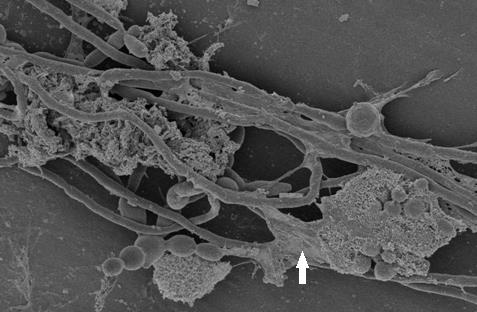
Seddiki Sidi Mohammed Lahbib
University center of Naâma, Algeria
Title: Nosocomial Fungal Infectivities of In Vivo Candida Biofilms
Biography
Biography: Seddiki Sidi Mohammed Lahbib
Abstract
Invasive nosocomial infections due to Candida species are responsible for increasing the length of stay, cost of hospitalization and morbidity in immunocompromised patients. Their severity and rapid progressivity are owed to the difficulty of diagnosis. Various catheters, which are often used to train a body fluid (blood, urine, infusion, parenteral nutrition, medication ...) inside the body of the patient or vice versa, are susceptible to be altered by Candida sp. and promote the formation of biofilms which consolidates the risk of invasive nosocomial infections; i.e., these structures are considered as a nest for disease because it is not easily eradicate by conventional antifungal therapy. Such as the diagnosis of candidiasis related to catheter is difficult, the differentiation between catheter infection and a simple contamination is essential to establish an antifungal treatment. Our study aimed adapts to yeasts the Brun-Buisson (1987) method which only concerned by bacteria, it’s why we conducted our study between February 2011 and January 2012 at the Hospital University Center of Sidi Bel Abbès-Algeria that aims to evaluate the various types of fungal catheters infectivities (contaminations, colonization and infections) and their corresponding rates, as well as the responsible yeast species. At the end, the ability to form biofilms was checked. The results showed that three types of fungal infectivities of catheters were identified. On the other hand, SEM images showed clearly Candida biofilms on the surfaces of catheters.


